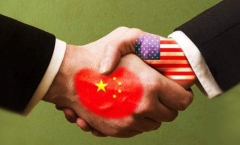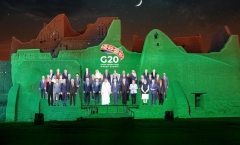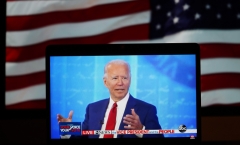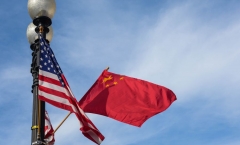Improve China-US Relations Through More Cultural Exchanges
While we Chinese scholars could do more to elaborate on China’s peaceful development and its foreign policy, our American counterparts may help Washington make the choice of living peacefully with a modernized, strong and prosperous China, a major country with a different culture and a different political and economic system.
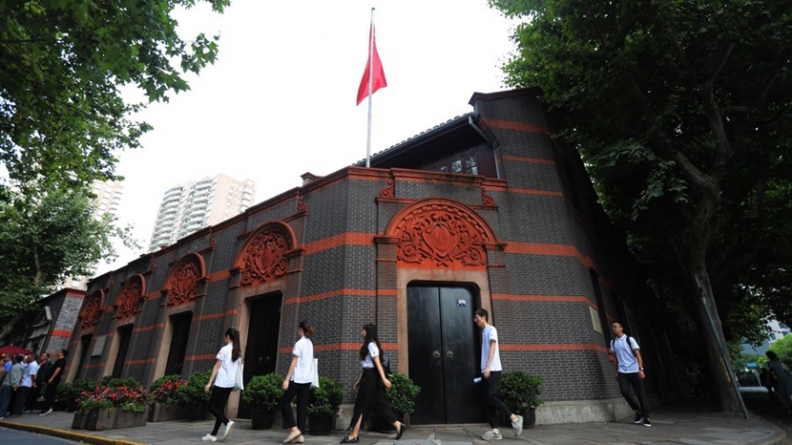
 Facebook
Facebook
 Twitter
Twitter
 Linkedin
Linkedin
 Google +
Google +
